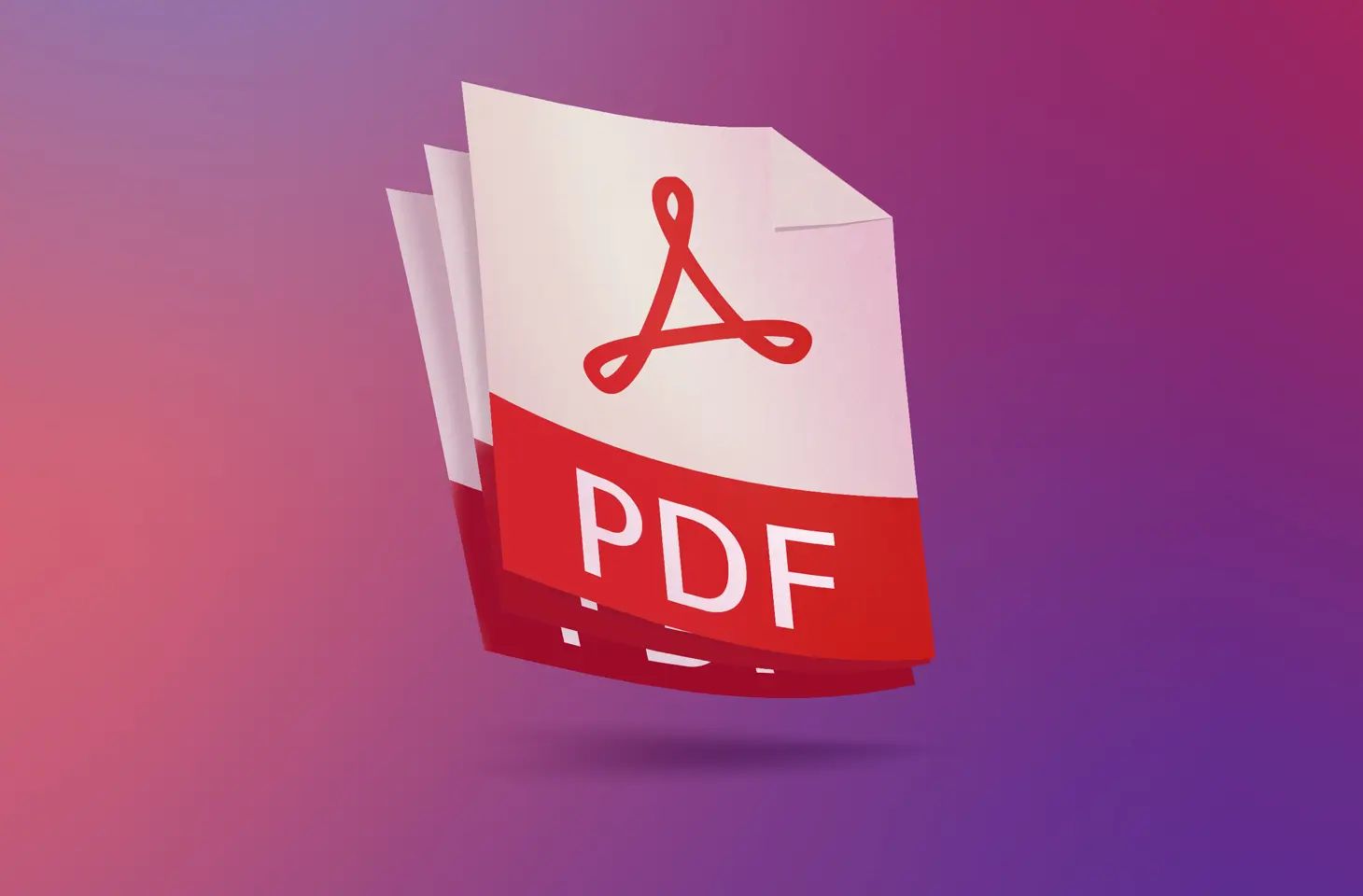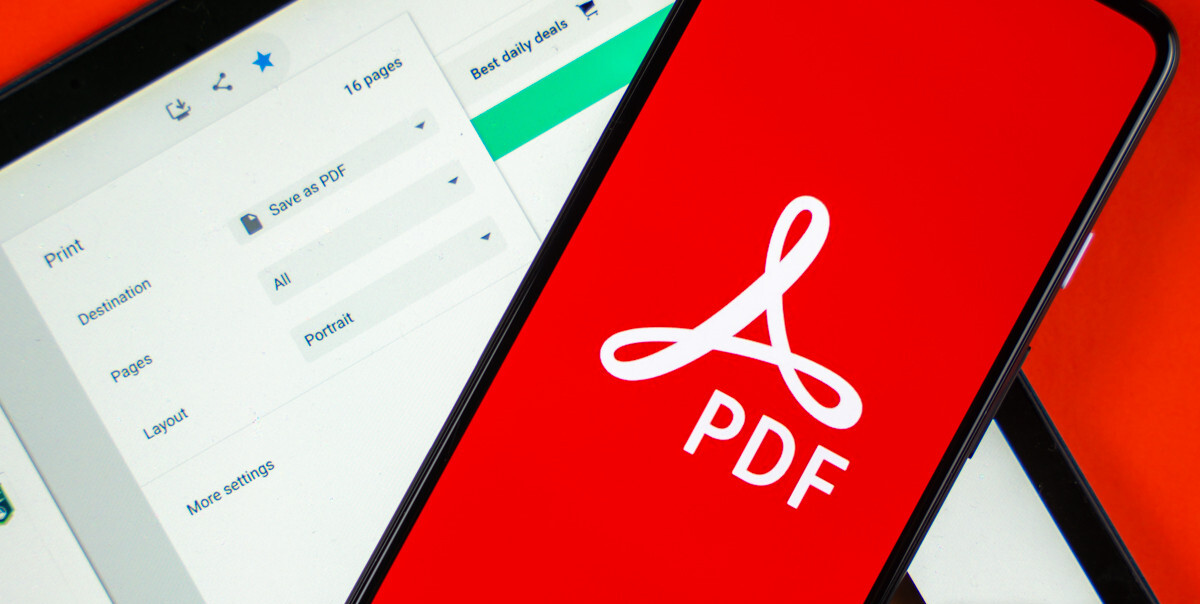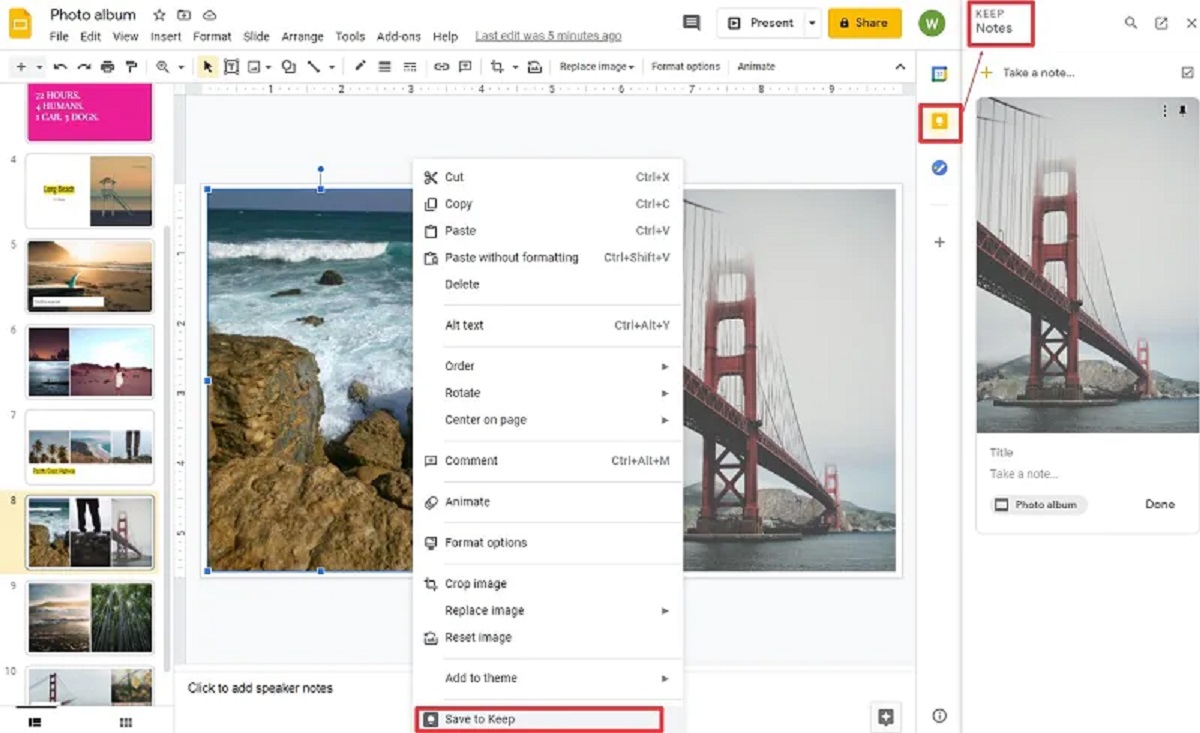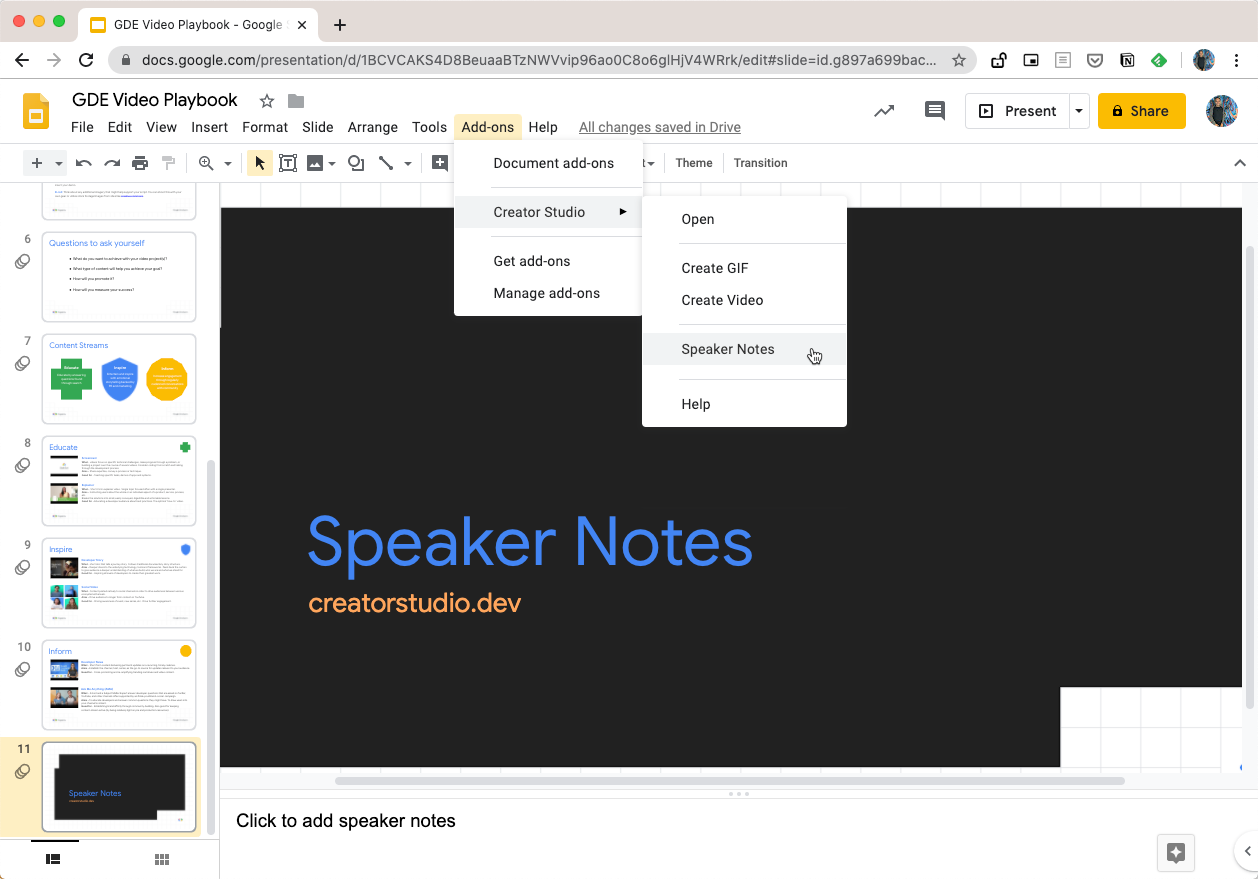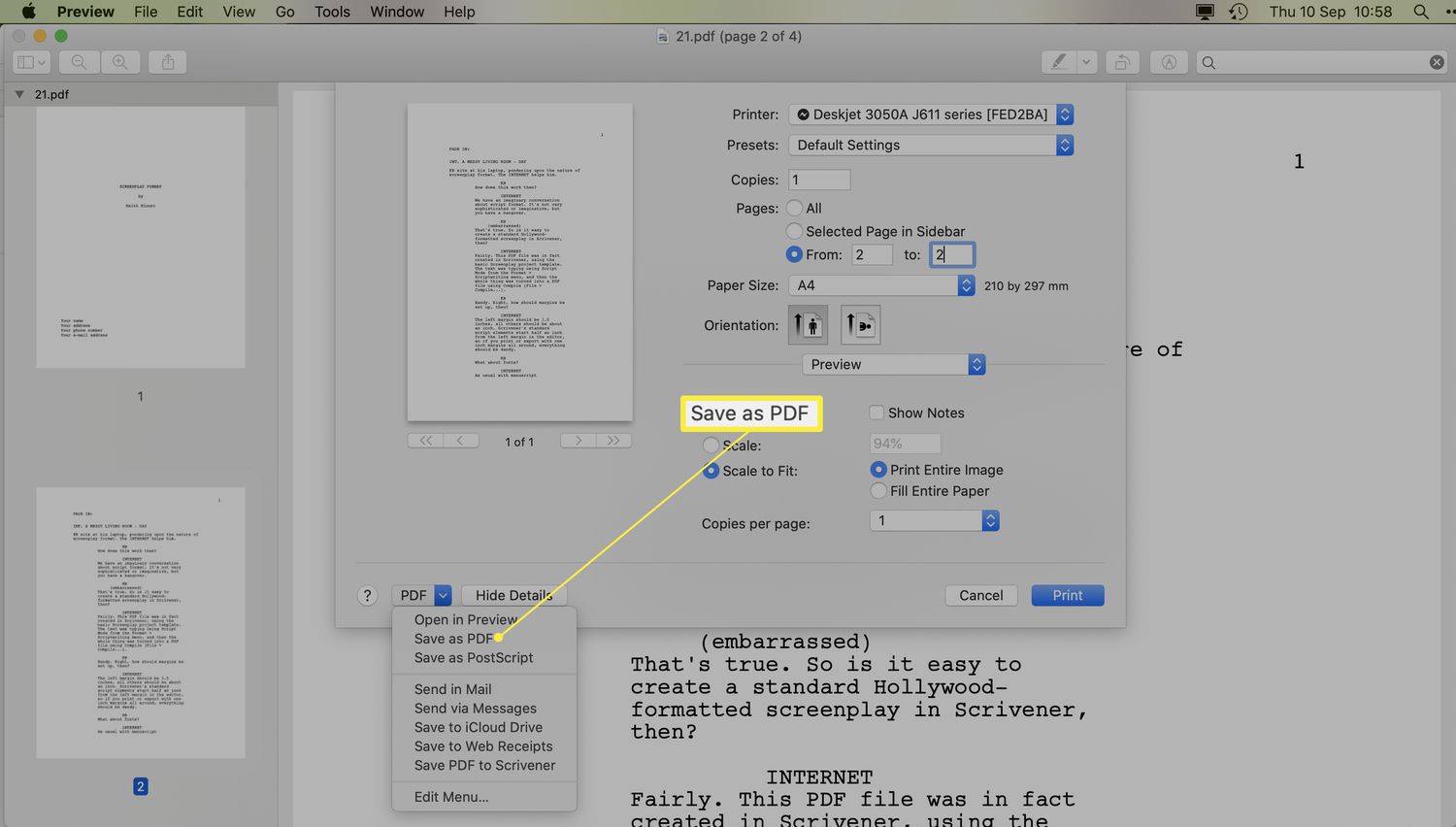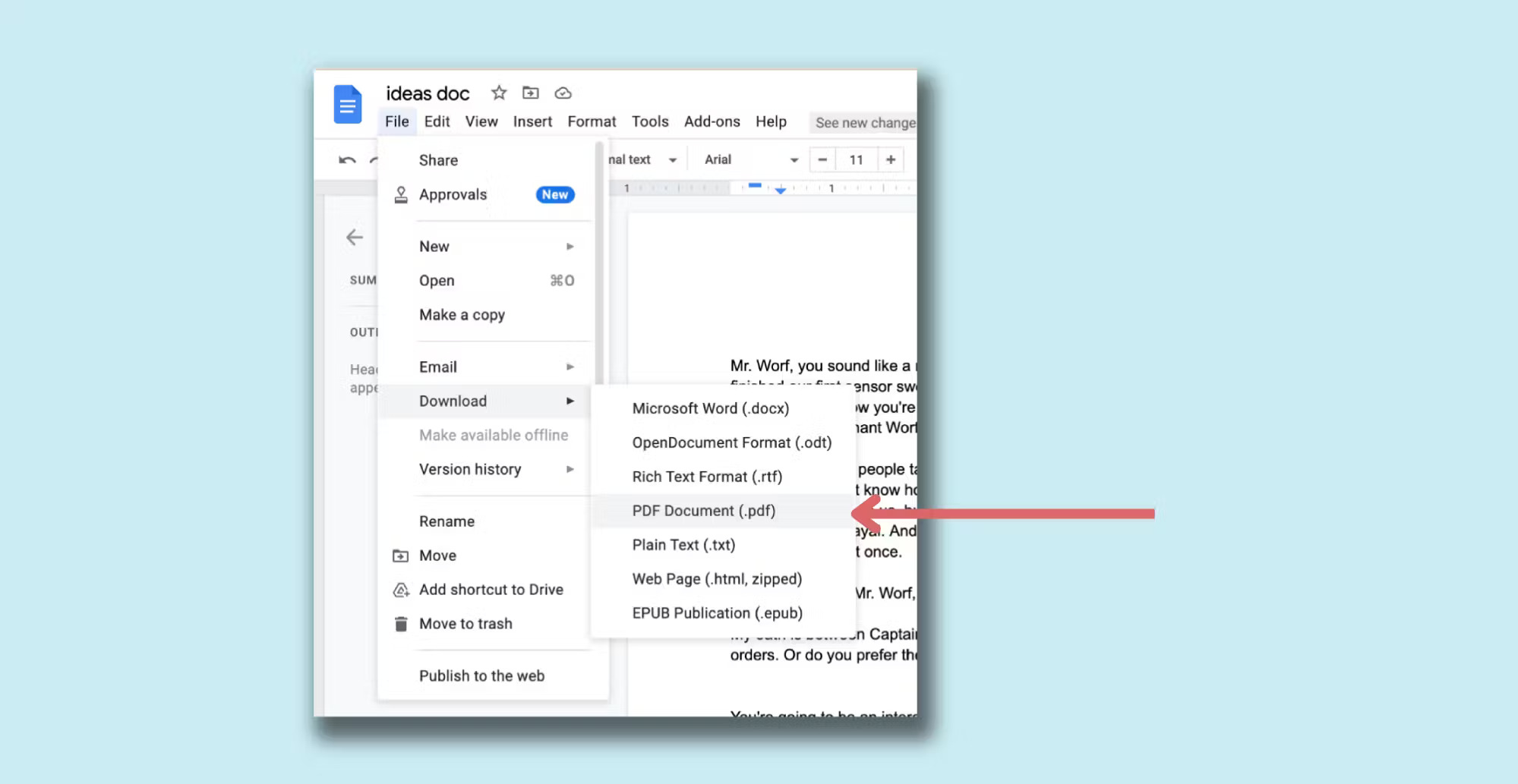Introduction
Welcome to the digital age where everything is just a click away. Nowadays, we rely heavily on digital documents, especially PDFs, for various purposes. Whether it’s an important report for work, a user manual for a new gadget, or an e-book for leisure reading, PDFs have become an essential part of our lives. However, there may be times when we need to make changes to a PDF, and that’s where downloading and editing comes into play.
In this article, we will guide you through the process of downloading a PDF and editing it. We will cover the necessary steps and provide you with tips to ensure a smooth editing experience. Whether you’re a professional looking to make modifications to a business document or a student needing to annotate a textbook, this guide will help you from start to finish.
Downloading a PDF may seem straightforward, but it’s crucial to know where to find high-quality PDF files. We’ll share the best sources for downloading PDFs and give you tips on how to verify the authenticity and reliability of the files you download.
Once you have the PDF file, we’ll help you choose the right editing tool for your needs. There are various options available, both online and offline, each with its own features and limitations. We’ll discuss the pros and cons of some popular tools to help you make an informed decision.
After selecting the editing tool, we’ll guide you through the process of opening the PDF file in the chosen tool. We’ll cover the necessary steps to import the file and ensure compatibility between the software and the PDF.
Once the file is open, we’ll explore the different ways you can make changes to the PDF. From editing text and images to adding annotations and signatures, we’ll provide you with tips and tricks to optimize your editing process.
Finally, we’ll discuss how to save and export the edited PDF. We’ll explain the different file formats you can choose from and highlight any formatting considerations you should keep in mind to ensure the file remains compatible and accessible.
By the end of this article, you’ll have a clear understanding of how to download a PDF and edit it to meet your specific requirements. So, let’s get started with step one: finding a PDF to download!
Step 1: Finding a PDF to Download
Before you can start editing a PDF, you’ll need to find a reliable source to download the file. Here are some methods and platforms to help you find the PDF you’re looking for:
1. Search Engines: Start by using search engines like Google, Bing, or Yahoo. Simply type in the keywords related to the PDF you need, followed by “PDF” to narrow down the search results. For example, if you’re looking for a user manual for a specific smartphone model, type “smartphone model user manual PDF” into the search bar. This will help you find websites or forums where PDFs are usually shared.
2. Specific Websites: Many websites offer a wide range of PDFs for download. These can include government agencies, educational institutions, research papers repositories, or online libraries. If you’re looking for academic papers, journals, or reports, websites like IEEE Xplore, JSTOR, or Google Scholar can be excellent sources.
3. Online Document Sharing Platforms: Platforms like Scribd, DocDroid, or SlideShare allow users to upload and share PDFs publicly. You can browse through these platforms, search for specific topics or titles, and download the files you need. However, keep in mind that not all PDFs on these platforms may be free or legal for download, so exercise caution and prioritize verified sources.
4. Professional and Academic Networks: Joining professional or academic forums, groups, or social media communities focused on your area of interest can be a great way to connect with like-minded individuals. Often, they share relevant PDFs or provide recommendations for credible sources. LinkedIn groups, researchgate.net, or subreddit communities are good places to start.
5. Direct Website Downloads: If you already know the website where the PDF is hosted, navigate to the site and look for a “Downloads” section, “Resources,” or a search bar specifically for locating PDFs. Many websites, such as product manufacturers, associations, or educational institutions, offer PDFs directly on their platforms for easy access.
Remember to verify the credibility of the source before downloading any PDF. Look for reputable websites, check user reviews or ratings, and ensure that the website follows secure downloading practices to avoid any security risks.
Once you’ve identified the PDF you want to download, ensure that you have a stable internet connection and sufficient storage space on your device. By following these steps, you’ll be well on your way to finding and downloading the PDF you need for editing.
Step 2: Downloading the PDF
Now that you’ve found the PDF you want to edit, it’s time to download it onto your device. Here are the steps to follow:
1. Click on the Download Link: If you’re on a website or platform that provides a direct download link, simply click on it to initiate the download. You may be prompted to choose a location on your device to save the file. Select a folder or directory that you can easily locate later.
2. Right-Click and Save: In some cases, you might need to right-click on the download link and select “Save link as” or “Save target as” depending on your web browser. This will allow you to specify the download destination and initiate the download process.
3. Download Confirmation: After initiating the download, you may see a confirmation pop-up indicating the file size and estimated download time. Depending on your internet connection speed, the download can take a few seconds to several minutes. Be patient and avoid interrupting the download process.
4. Monitor the Download Process: Most web browsers display the download progress in the form of a bar or percentage. Keep an eye on this indicator to ensure the download is successful. Avoid closing the browser or turning off your device until the download is complete.
5. Scan for Viruses: Before opening the downloaded PDF, it’s essential to scan it with an antivirus program to ensure it doesn’t contain any harmful or malicious content. This step is crucial, as downloading files from unfamiliar sources can pose security risks. Use a reputable antivirus software to scan the PDF file and remove any potential threats.
6. Verify the File: Once the download is complete and the file is scanned for viruses, verify that you have the correct PDF. Check the file name and file size against the information provided on the website or platform where you found it. This ensures that you have the intended document and not a similarly named file.
With these steps, you’ve successfully downloaded the PDF onto your device. Now, you’re ready to proceed to the next step: choosing the right tool for editing the PDF.
Step 3: Choosing the Right Tool for Editing
Now that you have the PDF downloaded, it’s time to select the right tool for editing. There are various options available, both online and offline, each with its own set of features and capabilities. Here are some factors to consider when choosing the appropriate editing tool:
1. Online Editing Tools: Online PDF editors offer flexibility and convenience, as they can be accessed from any device with an internet connection. Websites like Smallpdf, Sejda, or PDFescape allow you to upload your PDF directly to their platform and make changes using their editing tools. This option is suitable for quick edits or simple modifications without the need for extensive features.
2. Desktop Software: If you prefer offline editing and require advanced features, you can opt for desktop software such as Adobe Acrobat Pro, Nitro Pro, or Foxit PhantomPDF. These programs offer comprehensive editing capabilities, including text editing, image manipulation, form creation, and OCR (Optical Character Recognition) functionality. However, keep in mind that desktop software may come with a higher price tag and require installation on your computer.
3. Mobile Apps: If you want to edit PDFs on the go using your smartphone or tablet, there are several PDF editing apps available for both iOS and Android devices. Apps like Adobe Acrobat Reader, PDFelement, or Foxit MobilePDF offer a range of editing features optimized for mobile devices. They allow you to annotate, sign, and even convert PDFs to other file formats directly from your mobile device.
4. Collaboration and Sharing: If you’re working on a PDF project with others or need to share the edited file with colleagues or clients, consider tools that offer collaboration and sharing features. Some editing tools facilitate real-time collaboration, version control, and secure sharing options, making it easier for multiple users to work on the same document simultaneously.
5. User-Friendliness: Choose an editing tool that is user-friendly and intuitive, even if you’re not familiar with complex editing software. Look for tools with a clean and organized interface, straightforward navigation, and helpful tutorials or documentation to guide you through the editing process.
6. Compatibility: Ensure that the editing tool you choose supports the file format of your downloaded PDF. Most tools can handle standard PDF formats, but if you’re dealing with specialized PDFs, such as forms with interactive fields or PDF portfolios, verify that the tool can work with these specific file types.
Consider your specific editing needs, budget, and technical requirements when selecting the editing tool. It’s also worth checking out user reviews, comparing features, and experimenting with trial versions if available to ensure the tool meets your expectations.
With the right editing tool at hand, you’re now ready to move on to the next step: opening the PDF in the editing software.
Step 4: Opening the PDF in the Editing Tool
Now that you have chosen the editing tool for your PDF, it’s time to open the file and begin making changes. Here’s how to open the PDF in your selected editing tool:
1. Online Editing Tools: For online editing tools, start by visiting the website where you chose to edit your PDF. Look for an option to upload or open a file and navigate to the location on your device where you saved the downloaded PDF. Follow the on-screen instructions to import the PDF into the editing tool’s interface.
2. Desktop Software: If you opted for desktop software, open the program on your computer. Most editing software allows you to drag and drop the PDF file directly into the software’s window. Alternatively, you can use the software’s built-in file navigation system to locate and open the downloaded PDF.
3. Mobile Apps: If you’re using a mobile app for editing, launch the app on your device. Look for an option to add a file or import a document. Depending on the app’s interface, you can either select the PDF directly from your device’s storage or import it from a cloud storage service, such as Google Drive or Dropbox.
4. Compatibility Checks: In some cases, you may encounter compatibility issues when opening a PDF in an editing tool. Ensure that the editing tool supports the version of PDF you downloaded. If you receive an error message or the PDF doesn’t open correctly, check if there are software updates available for your editing tool. Updating the software can often resolve compatibility issues.
5. Document Preview: Once you successfully open the PDF in the editing tool, take a moment to review the document. Verify that all elements, such as images, charts, and text, are displayed correctly. Pay attention to any formatting changes or discrepancies that may have occurred during the import process.
6. Document Protection: Depending on the editing tool, you may encounter security settings or permissions associated with the PDF. If the document is password-protected or restricted from editing, you may need to enter the password or obtain permission from the document owner to make changes. Follow the instructions provided by the editing tool to proceed with editing.
By successfully opening the PDF in your chosen editing tool, you’re ready to move on to the next step: making changes to the PDF to meet your specific editing requirements.
Step 5: Making Changes to the PDF
With the PDF opened in your chosen editing tool, you can now start making changes to the document. Here are some common modifications you can make:
1. Text Editing: Most editing tools allow you to modify the text in your PDF. You can add, delete, or modify the existing text to correct errors, update information, or personalize the content. Whether it’s changing font styles, adjusting text alignment, or resizing text boxes, the editing tool will provide options for these changes.
2. Image Manipulation: If your PDF contains images, you can edit them as well. You can resize, crop, or rotate images to fit your needs. Some editing tools also offer advanced features like image cropping, background removal, or color adjustments to enhance the visual appeal of the document.
3. Annotations: Adding annotations such as highlights, comments, or sticky notes can help convey additional information or mark important sections in the PDF. These annotations can be useful for reviewing, collaborating, or providing feedback on the content. Use the annotation tools provided by your editing software to easily add these elements.
4. Forms and Fields: If your PDF includes interactive forms or fields, you can modify and customize them as required. This includes filling out form fields, creating new ones, or adding checkboxes, radio buttons, or drop-down menus. Ensure that the editing tool supports form editing features and follow the provided options to make changes to the form elements.
5. Page Manipulation: Some editing tools allow you to rearrange, insert, or delete pages within the PDF document. This is particularly useful when you need to organize the content according to your preferences or remove unnecessary pages. Use the provided page manipulation options in your editing tool to restructure the document as needed.
6. Other Modifications: Depending on your editing tool’s capabilities, you may have additional options to make changes to the PDF. This can include features like adding watermarks or digital signatures, extracting or merging pages, or even converting the PDF to other file formats such as Word or Excel. Explore the various options and features available in your editing tool to fully utilize its potential.
Take your time to carefully make the desired changes to the PDF, ensuring that the document looks and reads as intended. Save your progress regularly to avoid losing any modifications you have made. Once you’re satisfied with the changes, you can proceed to the final step: saving and exporting the edited PDF.
Step 6: Saving and Exporting the Edited PDF
After making all the necessary changes to your PDF, it’s essential to save and export the edited document. Follow the steps below to ensure you retain your modifications and have the final edited PDF ready:
1. Save the Document: Click on the “Save” or “Save As” option in your editing tool to save the changes you made to the PDF. This will ensure that all your modifications are saved within the document itself. Choose a new filename or overwrite the existing file based on your preference.
2. Select the File Format: Depending on your needs and the editing tool, you might have options to save the edited PDF in different file formats. Generally, it is best to save the document as a PDF to maintain its original formatting and accessibility. However, certain situations may require exporting it into other formats such as Word, Excel, or an image file format like JPG or PNG.
3. Choose the Export Settings: If you opt to export the PDF into another file format, check for export settings within your editing tool. You may have options to adjust the quality, resolution, or formatting of the exported file. Ensure that the export settings meet your requirements before proceeding.
4. Verify the Export: Before finalizing the export process, it’s advisable to preview the exported file to ensure it retains the desired layout and formatting. Open the exported document using the appropriate software or viewer and review it for any unexpected changes or formatting discrepancies.
5. Save the Exported File: Once you’re satisfied with the exported file, save it to the desired location on your device. Choose a location that is easily accessible and where you can find the file easily when needed.
6. Keep Original and Backup Files: It’s always a good practice to keep a copy of the original PDF and make backup copies of both the original and edited files. This ensures that you have multiple copies in case of any accidental loss or data corruption. Store these files securely to protect your work and avoid unauthorized access or modifications.
By following these steps, you’ll successfully save and export the edited PDF, preserving all your modifications and ensuring the document is ready for use, sharing, or further distribution.
Conclusion
Editing a PDF may seem like a daunting task, but with the right tools and guidance, it becomes a straightforward process. In this article, we’ve discussed the step-by-step process of downloading and editing a PDF.
We started with finding a PDF to download, exploring various sources such as search engines, specific websites, document sharing platforms, and professional networks. It’s crucial to ensure the credibility and authenticity of the source before downloading any PDF.
Once you have the PDF, we guided you through the process of choosing the right tool for editing. Consider factors like online editing tools, desktop software, mobile apps, user-friendliness, collaboration features, and compatibility when making your selection.
Next, we covered how to open the downloaded PDF in your chosen editing tool. Whether it’s uploading the file to an online editing platform, dragging and dropping it into desktop software, or importing it into a mobile app, we provided the steps to get you started.
With the PDF opened in your editing tool, we discussed the various changes you can make to the document. From text editing and image manipulation to annotations and form field modifications, you have the power to customize the PDF according to your needs.
Finally, we explored the process of saving and exporting the edited PDF. We emphasized the importance of saving the document after making changes, selecting the appropriate file format, verifying the export, and saving the exported file securely.
By following these steps, you can confidently download a PDF and make the necessary modifications to meet your requirements. Just remember to exercise caution when downloading PDFs from unknown sources, and regularly save and backup your files to avoid any loss of data.
Now that you have the knowledge and tools at your disposal, go ahead and start editing those PDFs with confidence. Unlock the full potential of your documents and make them work for you!







